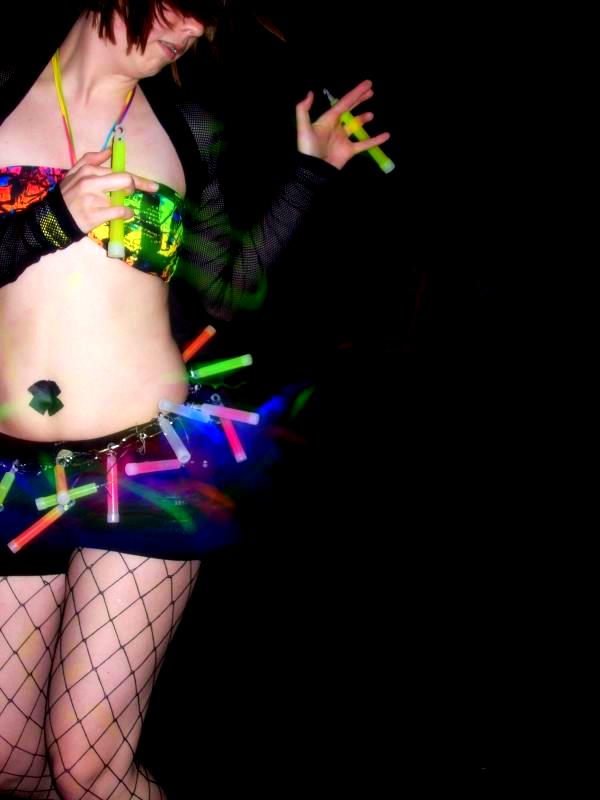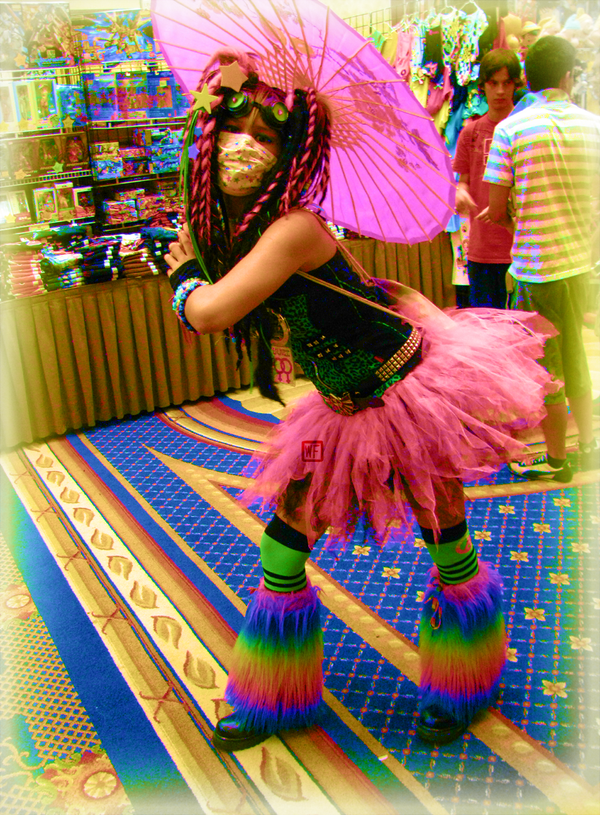Raves – what comes to mind when you hear the word? There are a lot of different opinions and thoughts that might pop up but just because they are out there doesn't necessarily mean they are true. We think it’s about time we clear up some of the misconceptions and rave culture and get down to what is more or less fact and what is more likely fiction.
First off, raves have been around for a while. And like anything, they have evolved over time.
What’s not so true:
Raves are all about drug use -
The media has overemphasized the role drugs play in raves as they do in regard to many aspects of different groups and sub-cultures. While drug use can play a role, it plays a role in almost every segment of society.
Risky and twisted sex is common in rave culture -
A series of news stories alluded to the idea that if you attend raves you might end up in bed next to someone “undesirable” or even a tangled heap of anonymous nude bodies. This is sensationalism at its finest.
Raves are for young, white kids -
The phenomenon of the rave spreads across all cultures and races and takes place across in many countries across the world. While the stereotypical raver is depicted as a teen or someone in their college years, many ravers are well into their twenties and perhaps beyond.
What’s closer to reality:
Raves are an idealized approach to clubbing -
People engaged in rave culture often come together in places that are not part of the conventional club scene and create their own experiences.
The events are about positivity -
The notion of PLUR – (Peace, Love, Unity and Respect) is a common theme in the rave scene. The electronic music that permeates the scene gives ravers the chance to get in in sense of trance, something said to bring about a state of peace.
Raves celebrate diversity and individuality -
Those who engage in rave subculture come from all kinds of different cultural and religious backgrounds They allow for a place and an event in which people can come together to experience freedom and self-expression.


